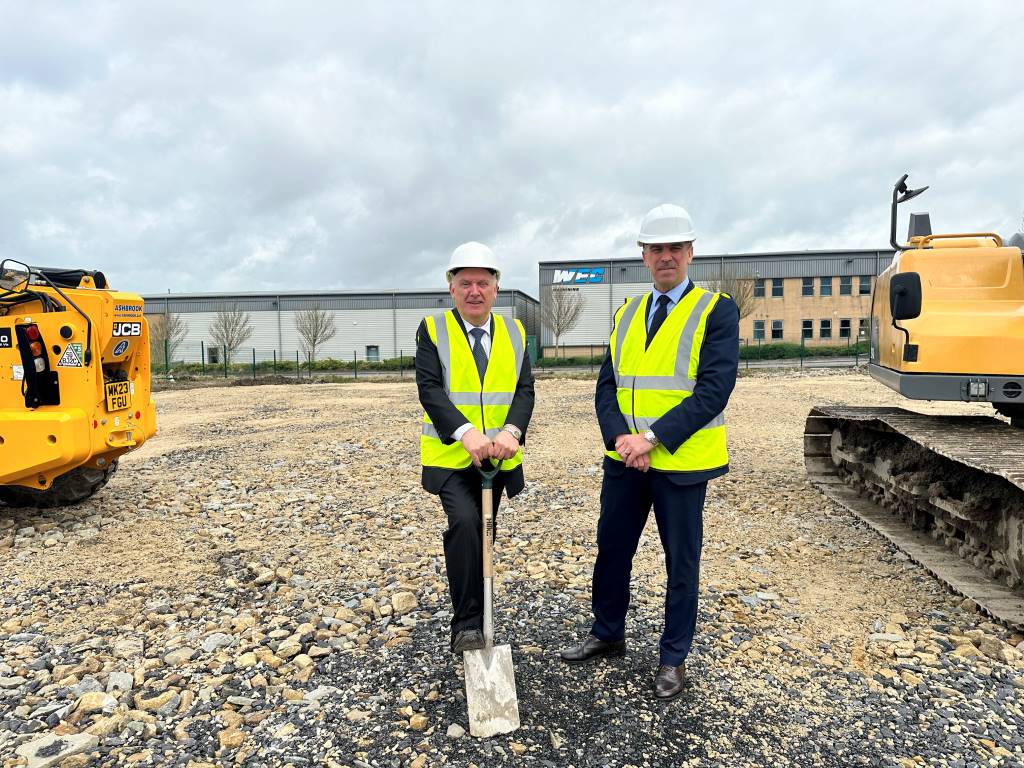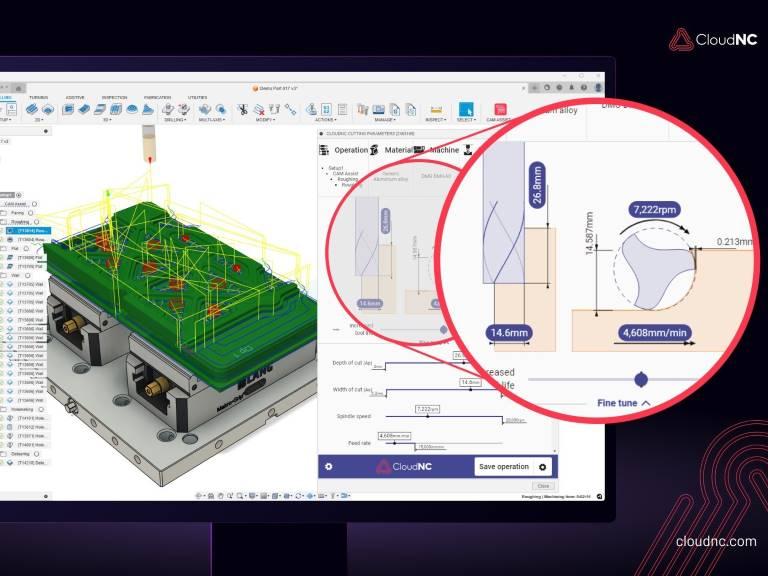Lehmann rotary table puts CNC Techniques in pole position
Although Formula One is a global phenomenon, currently, seven out of the ten competing teams are based in the UK.
Much of the work related to F1 takes place in what has become known as Motorsport Valley, an area of Oxfordshire and the Midlands. Here a large cluster of companies supply cutting-edge technologies to F1, in addition to Formula Electric, F2, F3 and GT3. Motorsport Valley hosts approximately 4,300 companies that employ around 41,000 people. One such busy company is Oxfordshire based specialist machining subcontractor CNC Techniques.
After gaining extensive experience in the precision machining of demanding F1 components, including employment with both the McLaren and Williams FI teams, Paul Eden established CNC Techniques in 2014. As many Formula One subcontractors prefer to avoid the machining of ‘exotics’, such as titanium, Waspaloy, Inconel and Hastelloy. Mr Eden saw this challenging aspect of F1 subcontract machining as an opportunity and used his considerable expertise and contacts in the field to employ skilled staff and to source the relevant high-quality machine tools and associated equipment.
Word soon spread within the F1 community regarding CNC Techniques range of capabilities and Mr Eden’s fledgling business quickly established a loyal customer base. The mainstays of CNC Techniques machining capabilities are its high-performance Hurco 3-axis and 5-axis machine tools. To provide an additional 2-axes to the company’s 3-axis machines and to add greater machining flexibility, CNC Techniques recently invested in a rotary table solution from Lehmann.
Paul Eden explains: “As of 2019, Motorsport in the UK had a turnover of £9 billion, a figure that had more than doubled in the previous 20 years. More F1 cars are made in Britain than in any other country and UK teams have won more titles than any other nation. As a passionate motorsport enthusiast I am proud to be involved in this successful sector.
“Although we are kept busy throughout the year, our workload more than doubles in the traditionally busy F1 months of December through to February. Therefore, at this time of year, apart from working around the clock, we need to work smarter and employ equipment that provides greater flexibility. The need for machining flexibility and the requirement for an additional 2-axes on our Hurco VMX 30, 3-axis machining centre, were the major motivations behind the recent rotary table purchase.
“Even though I was aware of the excellent reputation of Lehmann products, I was open to the idea of purchasing alternative brands of rotary tables. Although, when compared to the indifferent response I received when I contacted some other manufacturers, the reaction I had from Lehmann was first-class. All of my questions were answered quickly and several constructive suggestions were made by the company’s technical staff.
“In addition to giving us the ability to achieve five-sided machining in a single setup, I was assured that a Lehmann rotary table would withstand the high forces involved in machining exotics and also deliver the standards of precision we need.
“The installation of the rotary table was carried-out by a couple of knowledgeable technicians who made all of the connections to our Hurco VMX 30 3-axis machine tool’s control system,” he adds.
“Then, whilst observing the rotary table’s try out I realised how easy it was to operate. We now use the rotary table along with our Lang Technik workholding. In addition to standing up to the machining forces used to machine exotics, the rotary table is simple and fast to operate and is making a significant contribution to our 3+2 axis machining capabilities.”
Increasingly, users of 3-axis VMCs are fitting Lehmann CNC rotary tables to their machines as they represent a cost-effective means of entry into 5-axis machining. When mounted in a VMC, the tables are able to deliver a tilting A-axis and/or a rotational C-axis.
Given the compact nature of Lehmann CNC rotary tables, they allow workholding devices to be located alongside them inside VMCs. If required they are able to remain in the machine, or they can be quickly removed and later replaced according to the machining jobs being carried-out.
By locating workholding beside the a compact Lehmann rotary table, a virtual 6-axis condition can be achieved. For example, following the five-sided machining of a workpiece held on the rotary table, without a break, machining can be undertaken on the next workpiece in a batch that is held in the neighbouring workholding.
As floor space is at a premium in most machining environments, mounting a CNC rotary table inside an existing 3-axis VMCs provides a major advantage over purchasing a large 5-axis machine tool. In addition, the cost of the table is a mere fraction that of an expensive new machine tool
Lehmann has been designing and manufacturing high-quality rotary tables for more than 40 years. The experience and expertise gained over this time is reflected in the quality of the company’s advanced products and in its exemplary levels of service.
To minimise parts and to enable the delivery of Swiss quality at a cost-effective price, Lehmann rotary tables are based on an innovative, standard modular system. This highly efficient approach allows a wide range of CNC rotary table options to be made available to meet all customers’ diverse needs.














